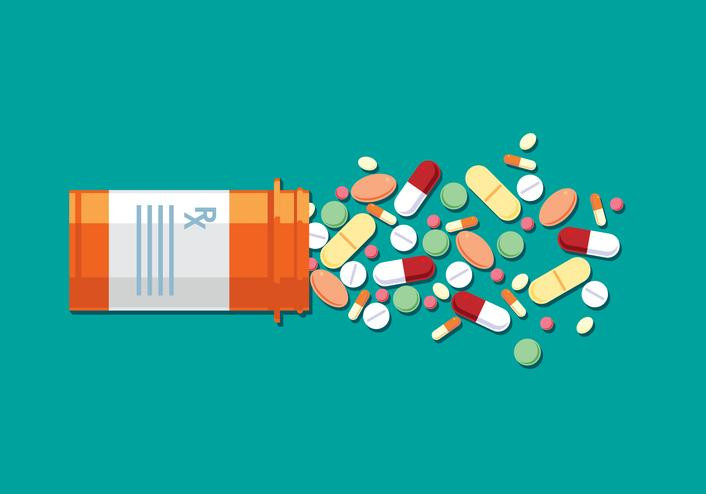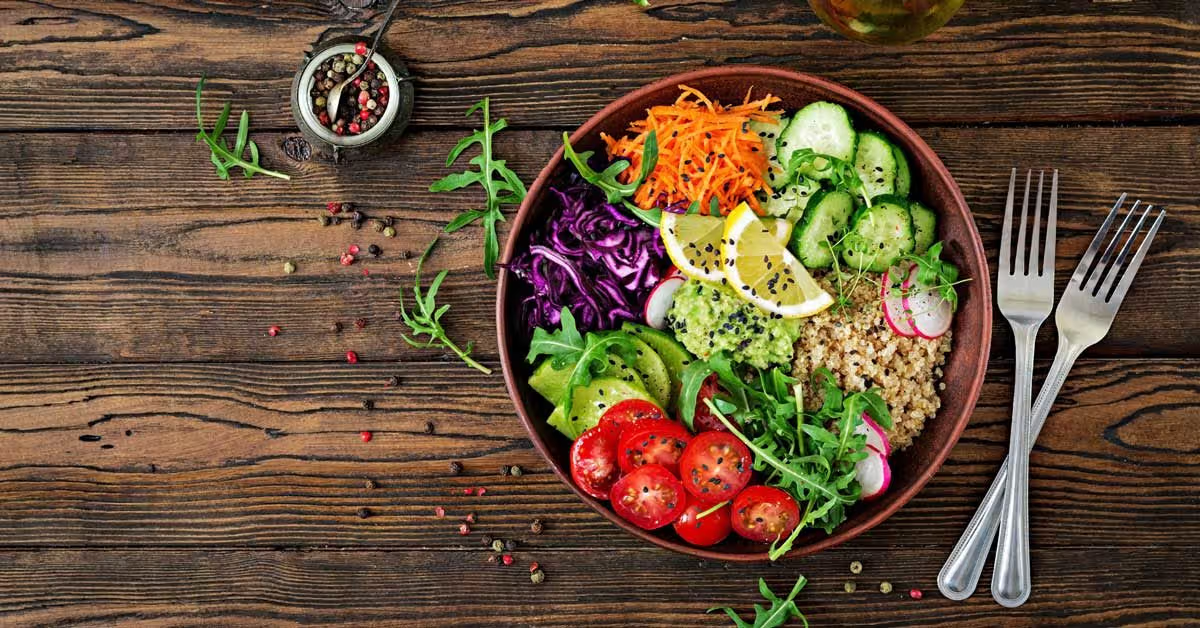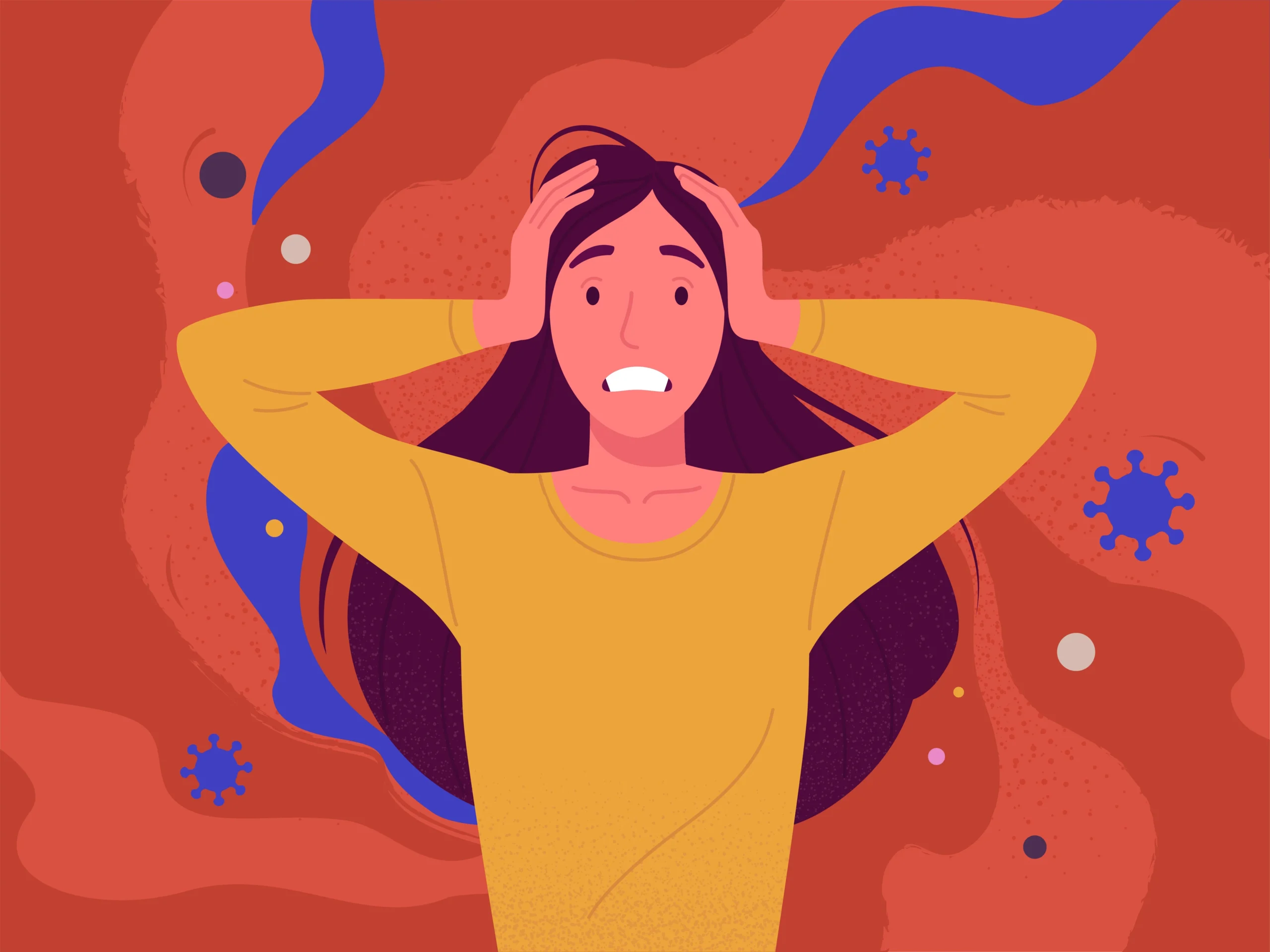SEO Meta Description: Lower blood pressure naturally! Learn actionable lifestyle changes like diet, exercise, weight loss, and stress management to help reduce high blood pressure without medication.
How to Lower Blood Pressure Without Medication
High blood pressure, also called hypertension, is a common condition. It increases the risk of serious health problems like heart attack and stroke. Hearing you have high blood pressure can be concerning, but the good news is that you have significant power to lower it through changes in your daily habits. Lifestyle changes are often the first step doctors recommend, and they can be incredibly effective, sometimes even preventing or reducing the need for medication. I’ve seen firsthand how making consistent healthy choices can lead to positive changes in blood pressure numbers.
This guide focuses on the proven lifestyle adjustments you can make to help lower your blood pressure naturally, without relying on pills. Think of these as powerful tools in your health toolkit.
🔥 IMPORTANT DISCLAIMER 🔥: This article provides general information on lifestyle changes that can impact blood pressure. It is not medical advice. ALWAYS consult your doctor before making any significant changes to your diet, exercise routine, or lifestyle, especially if you have high blood pressure or other health conditions, or if you are currently taking blood pressure medication. Never stop prescribed medication without talking to your doctor.
Why Lifestyle Changes Work
Your lifestyle directly impacts your cardiovascular system. Eating healthier foods, being more active, managing stress, and avoiding harmful habits like smoking all contribute to:
- Healthier, more flexible blood vessels.
- A stronger heart that pumps blood more efficiently.
- Reduced fluid retention and blood volume.
- Improved overall circulation.
These factors combine to reduce the force of blood against your artery walls, thereby lowering your blood pressure.
Step 1: Adopt a Heart-Healthy Diet (Nourish Your System)
What you eat has a huge impact on your blood pressure. Focusing on nutrient-rich foods is key.
- Follow DASH Diet Principles: The Dietary Approaches to Stop Hypertension (DASH) diet is highly recommended. It focuses on:
- Eating plenty of fruits, vegetables, and whole grains.
- Including lean protein (fish, poultry, beans, nuts) and low-fat dairy.
- Limiting saturated and total fats, cholesterol, red meat, and sweets.
- Crucially, Reduce Sodium (Salt) Intake: This is one of the most effective dietary changes. Too much sodium causes your body to retain fluid, increasing blood volume and pressure.
- Aim to reduce your daily sodium intake. Even a small reduction helps.
- Read food labels: Sodium is hidden in many packaged, processed, and restaurant foods. Look for “low sodium,” “no salt added,” or “unsalted” options.
- Limit processed foods, fast food, canned soups/vegetables, and salty snacks.
- Use herbs, spices, lemon juice, or salt-free seasoning blends to flavor your food instead of adding salt during cooking or at the table.
- Rinse canned foods (like beans and vegetables) under running water to remove some sodium.
- Increase Potassium, Magnesium, and Fiber: These nutrients help balance sodium and support healthy blood pressure.
- Get potassium from bananas, potatoes, spinach, sweet potatoes, beans, yogurt, and fish.
- Get magnesium from leafy greens, nuts, seeds, whole grains, and legumes.
- Get fiber from fruits, vegetables, whole grains, and beans.
Step 2: Get Regular Physical Activity (Move Your Body)
Exercise strengthens your heart and improves circulation, directly helping to lower blood pressure.
Aim for Aerobic Exercise: Get at least 150 minutes of moderate-intensity aerobic activity per week, or 75 minutes of vigorous-intensity aerobic activity.
Moderate Examples: Brisk walking, cycling on level ground, water aerobics, dancing. You should be able to talk, but not sing.
Vigorous Examples: Jogging, running, swimming laps, fast cycling, hiking uphill. You should breathe heavily and find it hard to say more than a few words.
Include Strength Training: Incorporate muscle-strengthening activities at least two days a week. Use weights, resistance bands, or your own body weight (push-ups, squats).
How to Start: If you’re new to exercise, start slowly and gradually increase intensity and duration. Even short bursts of activity add up. Find activities you enjoy to make it sustainable – I found joining a walking group made it much easier to stick to.
Step 3: Lose Excess Weight (If Needed)
If you are overweight or have obesity, losing even a small amount of weight can make a significant difference in your blood pressure.
- Losing just 5% to 10% of your body weight can lower blood pressure numbers. For example, if you weigh 200 pounds, losing 10-20 pounds can help.
- Focus on combining a healthy diet (Step 1) and regular exercise (Step 2) as the sustainable way to achieve healthy weight loss.
Step 4: Limit Alcohol Consumption (Moderate is Key)
Drinking too much alcohol can raise blood pressure.
- If you drink alcohol, do so in moderation.
- This means up to one drink per day for women and up to two drinks per day for men. (A “drink” is typically 12 ounces of beer, 5 ounces of wine, or 1.5 ounces of 80-proof spirits).
Step 5: Quit Smoking (Essential for Heart Health)
Smoking immediately raises your blood pressure and damages your blood vessels, significantly increasing your risk of hypertension and heart disease.
- Quitting smoking is one of the best things you can do for your blood pressure and overall health.
- Your blood pressure decreases shortly after you quit.
- Seek support if you need help quitting. Talk to your doctor, look into nicotine replacement therapies, support groups, or counseling.
Step 6: Manage Stress (Find Calm)
Chronic stress can contribute to high blood pressure. Finding healthy ways to manage stress is important.
- Identify your stressors: Figure out what situations or factors cause you the most stress.
- Practice Relaxation Techniques: Try deep breathing exercises, meditation, yoga, or mindfulness. Even a few minutes a day can help.
- Make Time for Hobbies: Engage in activities you enjoy.
- Get Enough Sleep: Lack of sleep makes stress worse.
- Connect with Others: Spend time with supportive friends and family.
Finding effective ways to cope with stress benefits your blood pressure and your overall well-being.
Step 7: Get Enough Quality Sleep (Rest Your System)
Consistently getting enough good sleep is vital for overall health, including maintaining healthy blood pressure.
- Aim for 7 to 9 hours of quality sleep per night.
- Practice good sleep hygiene: Stick to a consistent sleep schedule, make your bedroom dark, quiet, and cool, and avoid screens or heavy meals before bed.
Monitor Your Blood Pressure at Home (Track Your Progress)
Checking your blood pressure at home regularly can help you see the impact of these lifestyle changes and provide valuable information for your doctor.
- Get a reliable, accurate home blood pressure monitor.
- Learn how to use it correctly (sit quietly, keep arm supported, take readings at the same times each day).
- Keep a log of your readings and share it with your doctor during your appointments.
Putting It All Together: Consistency is Key
Lowering blood pressure without medication through lifestyle changes is absolutely possible for many people, but it requires consistent effort across multiple areas. Don’t try to change everything at once. Start with one or two steps that feel most manageable and gradually add others. Every positive change contributes to better health. It’s a journey toward a healthier lifestyle that benefits your blood pressure and your overall quality of life. Stick with it, and you can see real results.





